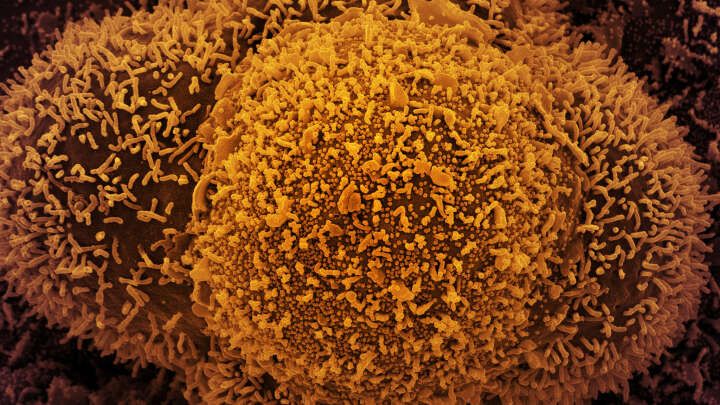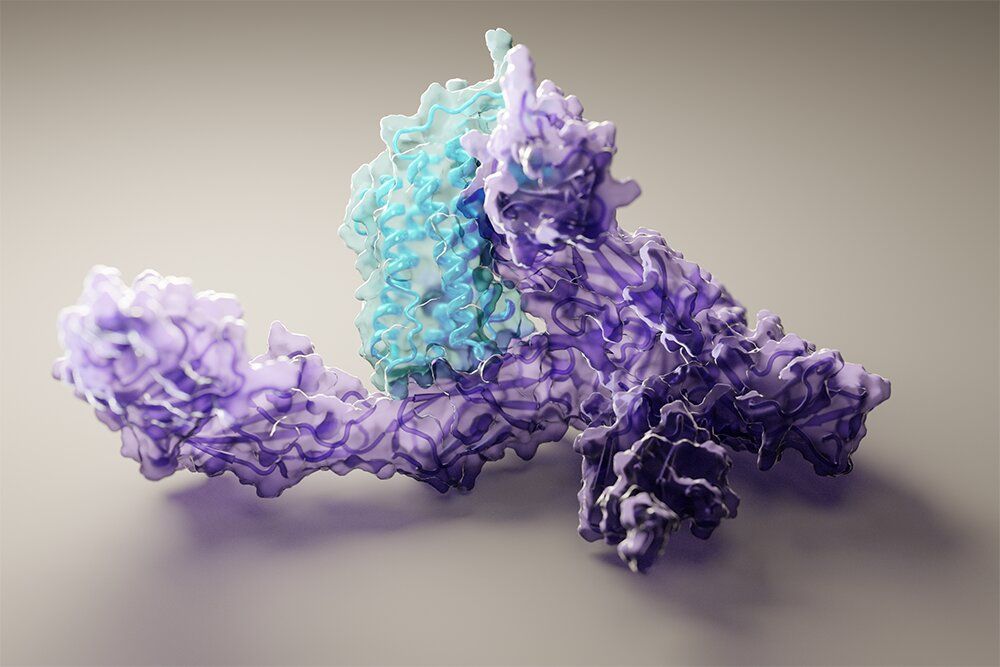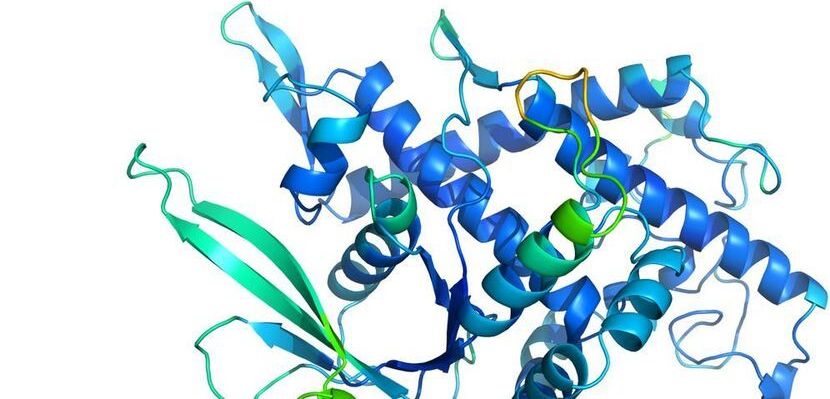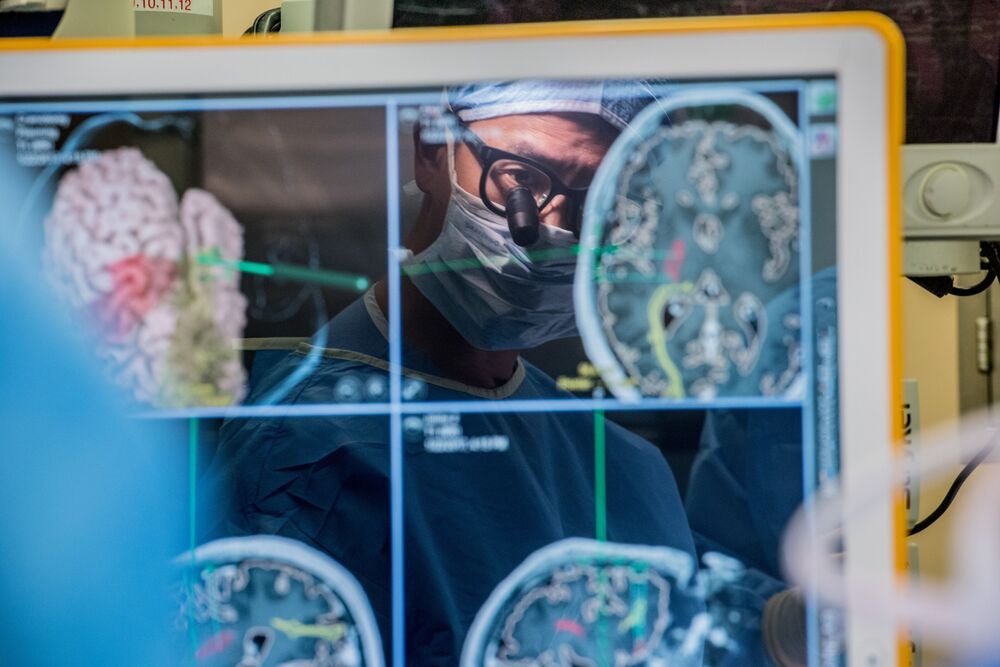The COVID-19 pandemic is far from over. In fact, when it comes to the rise of new variants, the worst may still be yet to come.
That’s according to World Health Organization (WHO), who spelled out a strong warning this week to countries hoping to loosen their social distancing measures amidst rising COVID-19 cases and deaths.
“The Committee has expressed concern that the pandemic is being mischaracterized as coming to an end when it is nowhere near finished,” Dr Tedros Adhanom Ghebreyesus, WHO Director-General, said at a media briefing on July 15.








